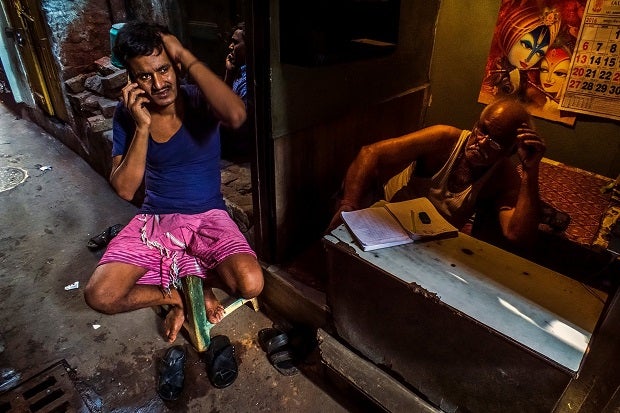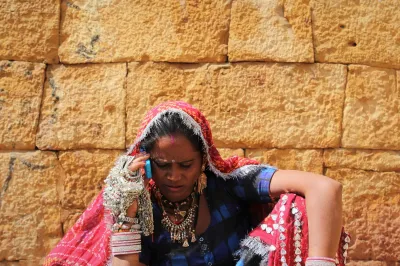Is the Unbundling of Payments from Banking Regulation Imminent?
Policy making in response to digital payment innovations can be challenging. Regulators need to balance prudential and systemic risks against providing a level playing field for emerging innovations that are increasingly being led by new fintech players and technologies. This leads to important questions: What is the role of the state in payments markets? Assuming one of its roles is to regulate these markets, is this best done under the existing regulatory structure with payments and banking falling under the same authority or by creating a separate regulatory system for payments? While the unbundling of payments from banking services is already well underway, does the unbundling of payments from banking regulation now follow?
In this context, the consultative approach taken by the Indian government in the recently published Watal Committee report on the strengthening of the digital payments ecosystem is noteworthy. The committee, constituted in August 2016 by India’s Ministry of Finance, had a broad mandate to review the payments system in the country and to recommend regulatory and legal changes to promote digital payments “over the medium term.” Led by a former finance secretary, apart from the Central Bank, the committee had broad representation from banking, mobile and technology associations.
The committee’s final report and recommendations are set to influence the direction of digital finance in India. The government has already accepted recommendations to create an independent payments regulatory board at the Reserve Bank of India (RBI), promote digital receipts within the government, and implement other measures to promote digital payments. So what does the report say? What recommendations does it make? Here are some key takeaways that may influence how digital finance unfolds in India.

The role of the state in payments
The point of departure for the Watal Committee’s analysis is a simple but fundamental question: What is the role of the state in the payments market? Looking at combinations of the three potential roles — owner, operator and regulator of payment systems — the report concludes that the state can best promote financial stability and competition by limiting its role to that of the regulator.
If the Indian government accepts this view, it could have wide implications for how payment systems in India might be run in the future. For example, the committee recommends opening up critical payment infrastructure, such as the Real Time Gross Settlement System and the National Electronic Fund Transfer System (currently owned and operated by the Central Bank), for competition by allowing access “on a non-exclusive and non-discriminatory basis, subject to proportionate risk based restrictions.” In the medium term, such infrastructure could even be hived off to an independent entity outside the Central Bank but under the regulation of RBI.
Another recommendation concerns the National Payment Cooperation of India (NPCI), which is the provider of critical payments infrastructure such as the Immediate Payment Service (IMPS) for real-time payments with mobile phones and the Unified Payment Interface (UPI) for accessing different bank accounts from a single mobile app. The committee recommends that NPCI alter its ownership and governance structure by inviting a wider range of banks and non-banks, thus operating more independently. It goes on to suggest that the government could create a special category called “critical payments infrastructure company” with specified ownership and governance norms such that no single entity monopolizes payments infrastructure services.
Independent payments regulator
While the state will continue to regulate the sector, how this is done will change. The committee believes that the current Board for Regulation and Supervision of Payment and Settlement Systems (BPSS) lacks independence since it is a sub-committee of the RBI’s Central Board and mainly composed of members from the RBI. While the committee explored the option of creating a completely new regulator outside the RBI, it finally settled for the alternative of creating a more independent statutory board — the Payments Regulatory Board (PRB) — within the RBI, which will be in charge of regulating retail payment systems and payment service providers. The PRB will be chaired by the governor of the RBI and include other senior officials from the Central Bank, but with the majority of members coming from outside the Central Bank. As a market conduct regulator rather than prudential regulator, its statutory objectives will be competition, innovation and user convenience. Macro-prudential issues such as those posed by systemically important payment systems will continue to be dealt with by RBI’s Central Board.
Unbundling payments regulation
With the establishment of the PRB India follows a global trend of creating more independent payment regulators. Payment is increasingly recognized as a distinct activity from banking with its own risk profile and its own challenges in how to create a competitive and innovative market that meets the needs of customers in a responsible way. This is indeed a radical concept: “The Committee believes that not only should the regulatory framework allow for innovation, regulations should work to positively disrupt existing business models, by being responsive to the rapidly evolving industry.” These and other recommendations in the report might fundamentally change the payments market in India, and this is what the committee has advocated.




Comments
Good points
Good points
Although the recent draft PPI guidelines from RBI seem to be weighing more on Risk and Regulatory aspects
Add new comment